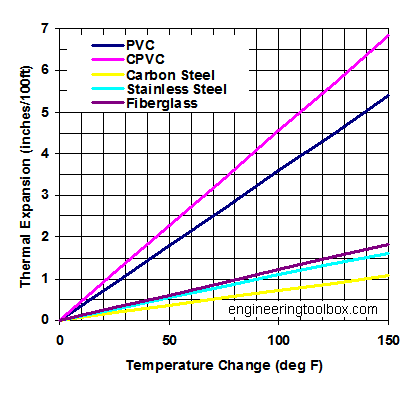Trench drain and slotted drain products are only as good as their weakest link. In order to make a wise product selection it is necessary to understand which product is best for your application. You can do this by getting a basic understanding of how different trench drain materials perform under specific conditions. Their material properties and construction determine this performance. New trench drain and slotted drain products are emerging every day and not all of these will be discussed here, however, the same issues will plague all products and they should each be evaluated for their merit. A channel drain product cannot simply be evaluated by it’s material properties. The installation ease and cost are always real life factors that also guide our buying decisions. The more critical the need for a quality product the more weight that should be put on the evaluation of the channel drain material properties.
With that said there are several different properties that govern the longevity and performance of any trench drain. The trench drain body, frame, grates, and grate locking devices need to be evaluated separately and weighed accordingly. The following material properties should be studied:


